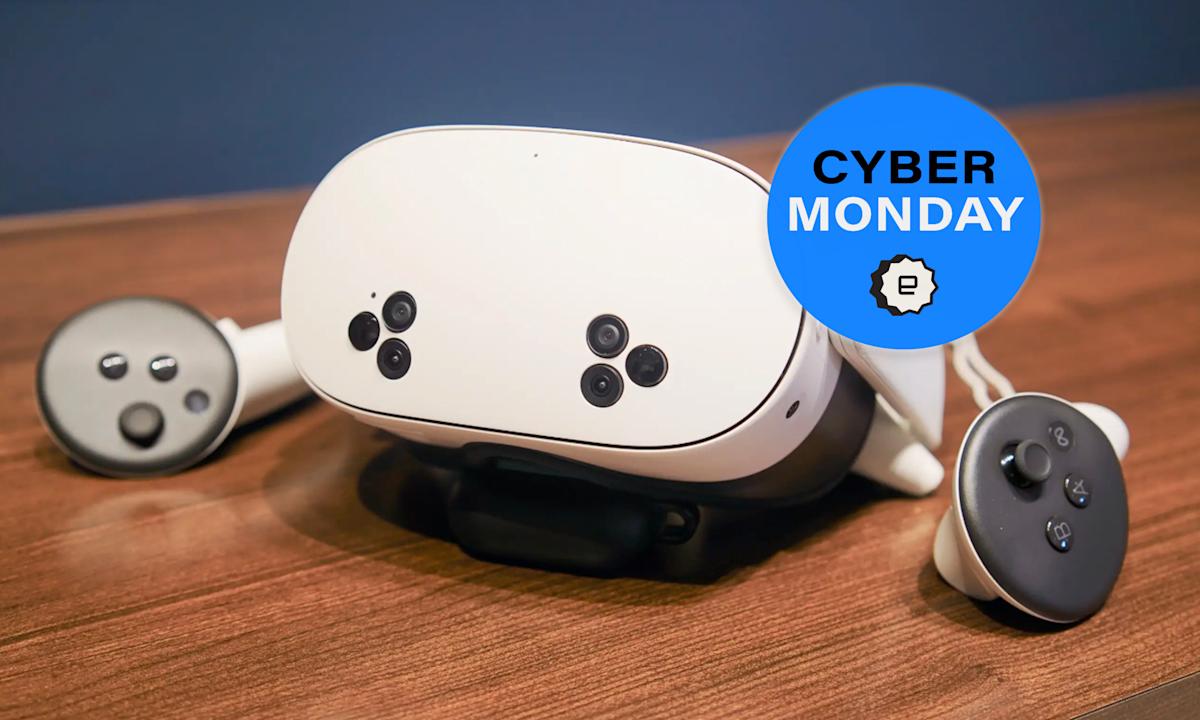Cyber Monday deals have come for VR headsets, and you can pick up our favorite budget set for less than usual. Meta’s entry-level Quest 3S is 17 percent off and down to $250 for the 128GB version right now. Its normal price is $300, and with this…
This Cyber Monday 2025 deal drops the Meta Quest 3S VR headset to a record-low price
